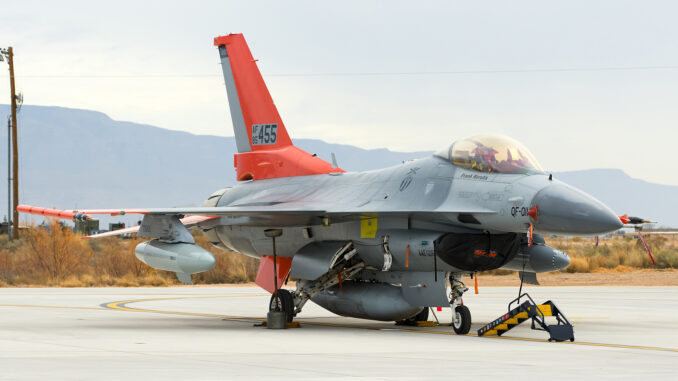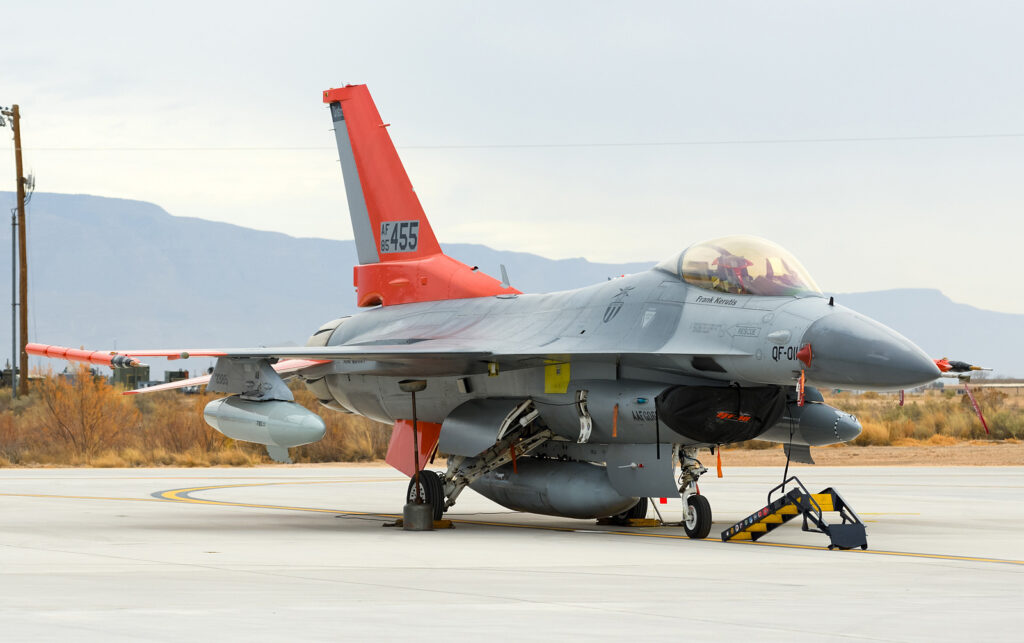
Russia strikes at Ukrainian air bases to delay the deployment of F-16s, demonstrating its concern about Ukrainian air successes.
Between 12 and 18 June 2024, Russia changed its air strike strategy by targeting Ukrainian air bases. This decision was prompted by concerns over future Ukrainian deployments of F-16 aircraft and the continued success of Ukrainian air strikes. Despite significant investment in air defence systems, Russia is finding it difficult to protect its assets in Crimea, following a series of coordinated attacks by Ukraine. This situation could force Russia to redistribute its air defence equipment from other regions, or to accept a reduction in its capabilities, thereby increasing the risks to its forces in Crimea.
Change in Russian strategy: strikes on Ukrainian air bases
Details of Russian strikes
According to the UK Ministry of Defence, between 12 and 18 June 2024, Russia’s long-range air force concentrated its cruise missile strikes on Ukrainian air bases. This strategy is designed to hamper Ukraine’s ability to deploy F-16 aircraft, whose arrival is imminent. This change of target indicates growing Russian frustration at the repeated success of Ukrainian air strikes.
Consequences for Ukraine
Targeting airbases could temporarily slow the deployment of F-16s, but is unlikely to prevent their use in the long term. Ukraine has demonstrated significant resilience in repairing and quickly bringing back into service its damaged infrastructure. In addition, Ukrainian forces can disperse their aircraft over several bases to reduce the risk of mass casualties.
Successful Ukrainian strikes in Crimea
Destruction of Russian air defence systems
In June 2024, Ukraine carried out a series of coordinated attacks in Crimea, targeting and destroying critical elements of Russia’s SA-20 and SA-21 surface-to-air missile systems. These successful operations illustrate Ukraine’s ability to strike deep into Russian-controlled areas, despite Russian efforts to strengthen the region’s air defences.
Impact on Russian capabilities
The destruction of air defence systems in Crimea is forcing Russia to reassess its defence strategy. Although Russia can quickly replace the destroyed systems, repeated losses could force the country to draw on its reserves or redeploy equipment from other regions. This situation poses a strategic dilemma: either maintain dense air defence coverage while weakening other sectors, or accept a reduction in defence capabilities in Crimea, thereby increasing the vulnerability of its forces in this key region.
Advantages and disadvantages of the Russian strategy
Advantages
The main advantage of the Russian strategy of targeting Ukrainian air bases is to try to delay the deployment of the F-16s, advanced fighter aircraft that could change the situation on the ground. By disrupting Ukrainian air operations, Russia seeks to maintain local air superiority and prevent Ukraine from launching effective air strikes against its positions.
Disadvantages
However, there are several drawbacks to this strategy. Firstly, it may not be enough to prevent Ukraine from deploying its F-16s in the long term. Secondly, by concentrating its resources on air bases, Russia may neglect other strategic targets, allowing Ukraine to conduct effective operations elsewhere. Finally, the repeated destruction of Ukrainian infrastructure may strengthen international resolve and support for Ukraine, leading to increased aid for reconstruction and the strengthening of its defence capabilities.

Long-term strategic consequences
Redistribution of Russian resources
The need to quickly replace the air defence systems destroyed in Crimea could force Russia to redistribute its military resources, potentially weakening its defence capabilities in other strategic regions. This redistribution could create vulnerabilities that could be exploited by Ukraine and its allies.
Strengthening Ukrainian resilience
Repeated attacks on Ukrainian airbases and critical infrastructure could also strengthen Ukraine’s resilience and capacity for rapid recovery. By developing dispersal strategies and improving its repair capabilities, Ukraine could minimise the impact of future Russian strikes.
Implications for international relations
Russia’s continued targeting of Ukrainian infrastructure could also have international implications. Ukraine’s allies, notably the US and NATO countries, could step up their military and economic support in response to the escalation of hostilities. This could include the provision of advanced air defence systems, surveillance and intelligence capabilities, and rapid repair technologies.
Future prospects and recommendations
Strengthening Ukrainian defence capabilities
To counter the Russian strategy, Ukraine must continue to strengthen its air defence capabilities and diversify its military infrastructure. This could include the acquisition of mobile air defence systems, the construction of reinforced hangars and the improvement of detection and rapid response capabilities to air threats.
Increased international cooperation
Increased cooperation with international allies will be essential for Ukraine. As well as receiving military equipment, Ukraine could benefit from advanced training programmes for its air force and logistical support to maintain and rapidly repair its damaged infrastructure.
Continuous monitoring and strategic adaptation
Finally, it is crucial for Ukraine to maintain continuous surveillance of Russian movements and strategies, and to rapidly adapt its own tactics accordingly. A flexible and responsive approach will enable Ukraine to better manage the challenges posed by Russia and maximise the effectiveness of its military operations.
Russia’s strategy of targeting Ukrainian air bases to delay the deployment of F-16s illustrates the complex challenges and changing dynamics of the ongoing conflict. As the situation continues to evolve, it is essential for Ukraine and its allies to remain vigilant, strengthen their defence capabilities and coordinate their efforts to ensure Ukraine’s security and sovereignty.
War Wings Daily is an independant magazine.